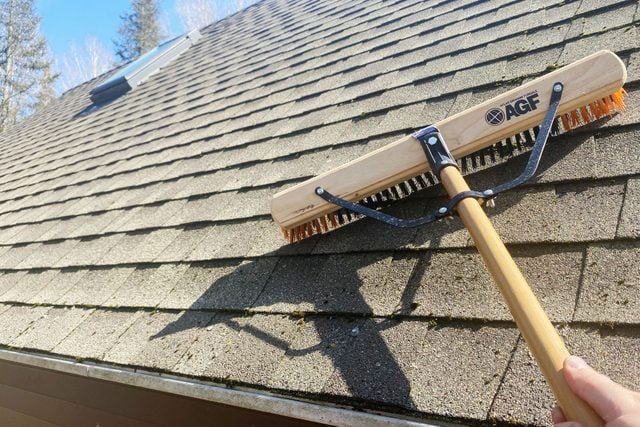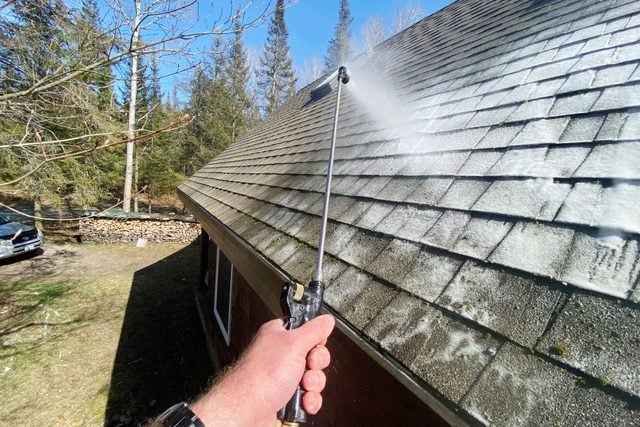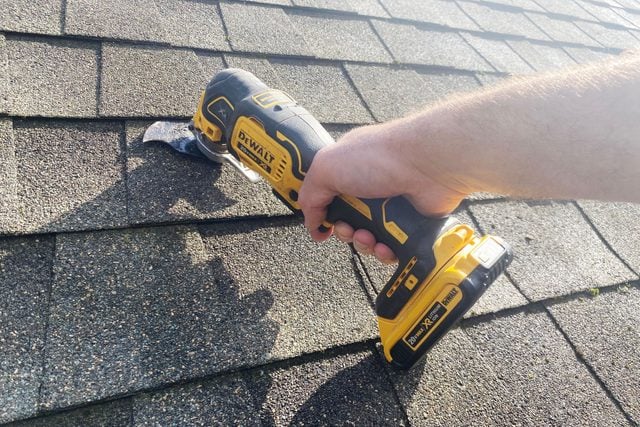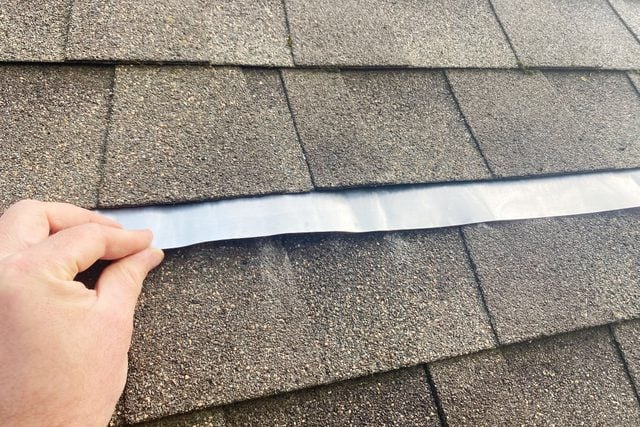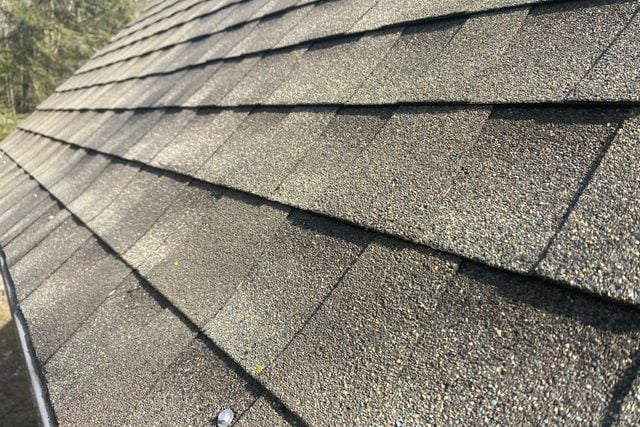I had moss and lichen growing on my roof, so I got rid of it before it caused any damage. Here's how to do it.
Our editors and experts handpick every product we feature. We may earn a commission from your purchases.Learn more.
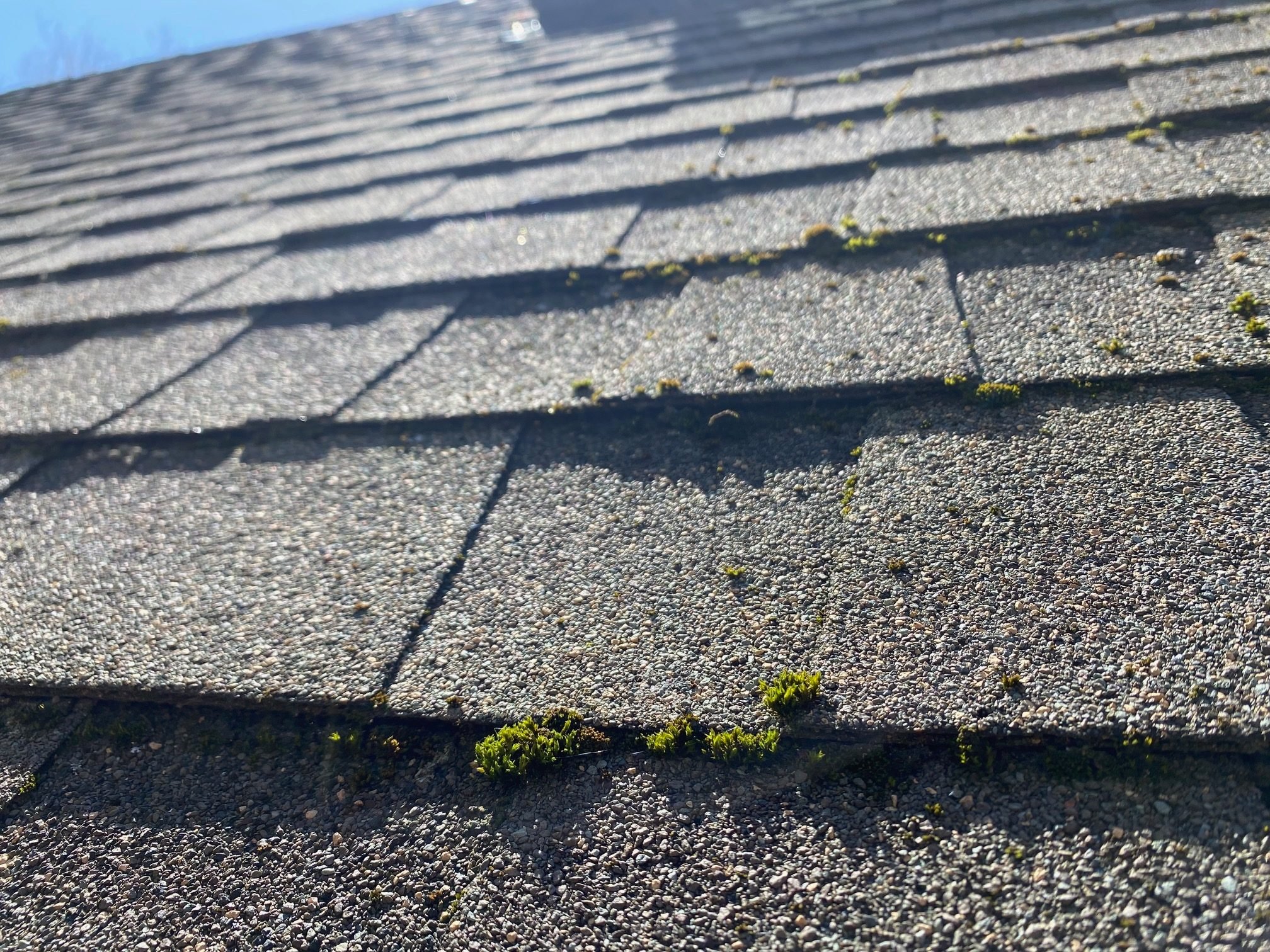

I had moss and lichen growing on my roof, so I got rid of it before it caused any damage. Here's how to do it.
Our editors and experts handpick every product we feature. We may earn a commission from your purchases.Learn more.
A half day
Intermediate
$100 - $200
When my wife and I decided to build our home in the woods of Northern Ontario, Canada back in 2014, we tried to prepare ourselves for the extra difficulties that came with forest life. One challenge we didn't see coming was copious amounts of moss and lichen growing on our roof, particularly on the north side, where lots of shade keeps things cool and damp.
I started noticing green clumps on our asphalt shingles five years ago, and have since made it my business to keep this unwanted vegetation at bay. Moss and lichen can degrade asphalt shingles over time. In extreme cases, it can even lift them enough to let moisture seep between the layers and reach the roof sheathing. This can compromise structural integrity.
So if you've got some moss or lichen on your roof, get rid of it before it gets worse. Here's the plan of attack that works for me.
